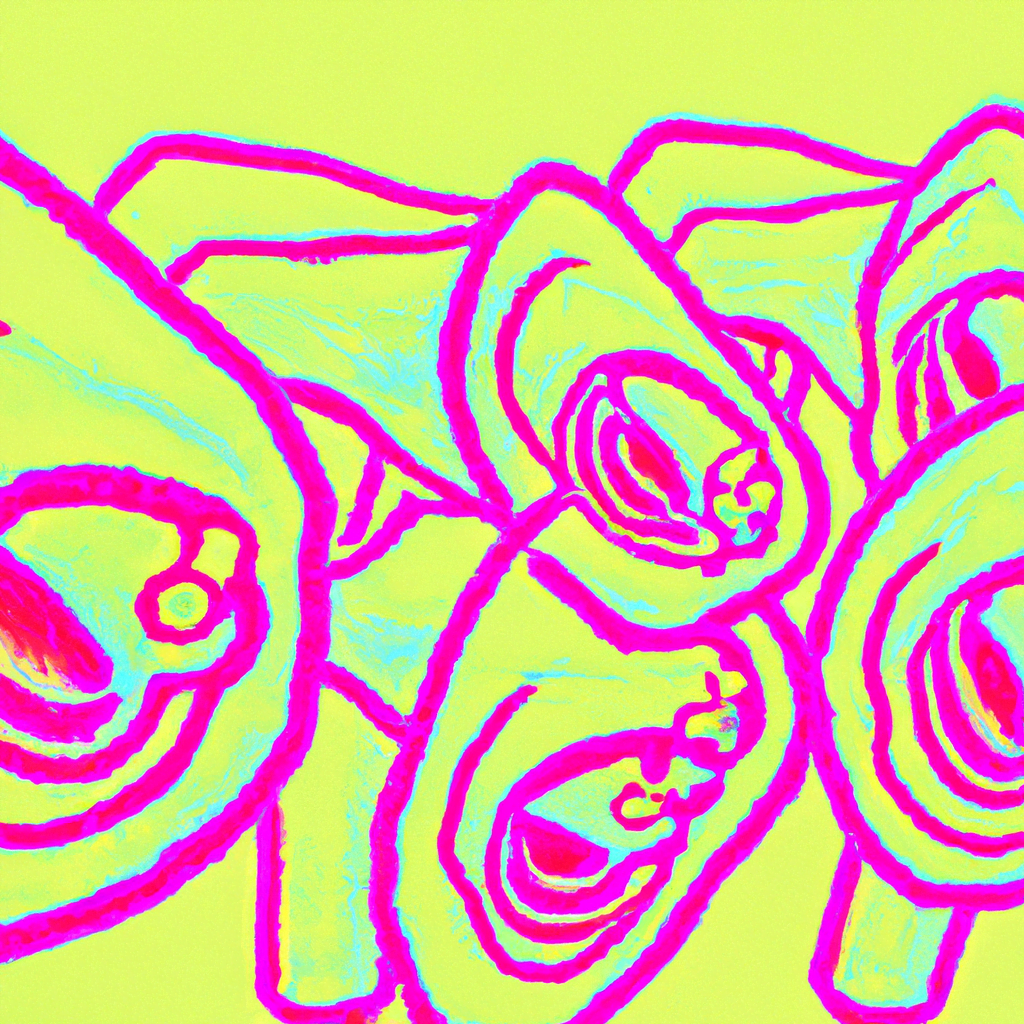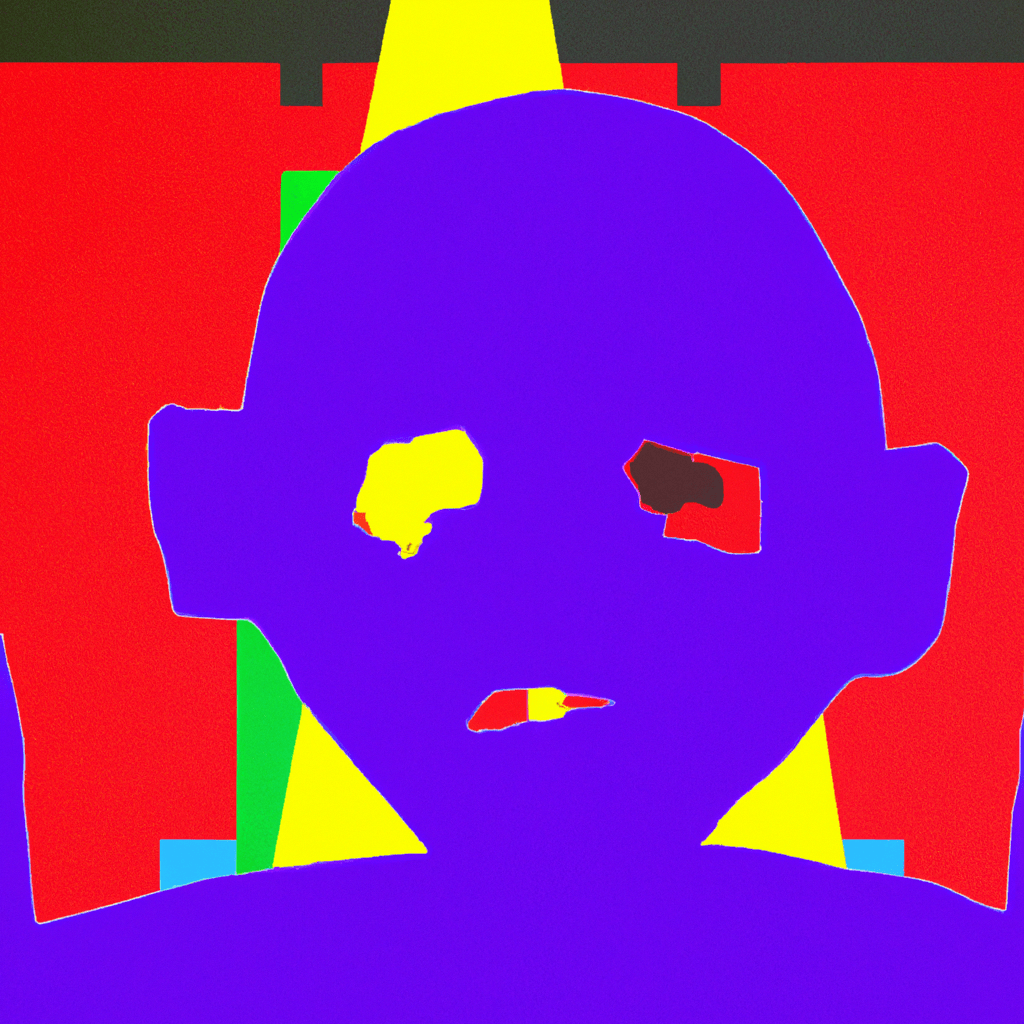
Illustrating for Social Issues: Advocating for Change

Illustration has long been a powerful tool for communication, capable of conveying complex ideas and emotions in a visually compelling way. In recent years, illustrators have increasingly turned their attention to social issues, using their art to advocate for change and raise awareness about important causes. This article explores the role of illustration in addressing social issues, the impact it can have, and how illustrators are using their skills to make a difference.
The Power of Visual Communication
Visual communication has a unique ability to transcend language barriers and connect with people on an emotional level. Illustration, in particular, has the power to distil complex ideas into simple, relatable images that can be easily understood and shared. This makes it an ideal medium for addressing social issues, as it can reach a wide audience and evoke a strong response.
One example of the power of illustration in addressing social issues is the work of artist Shepard Fairey. Fairey’s iconic “Hope” poster, created during Barack Obama’s 2008 presidential campaign, became a symbol of optimism and change. The simple yet powerful image, featuring Obama’s face with the word “Hope” underneath, resonated with people across the country and became a rallying cry for supporters. This illustration not only helped to shape public perception of Obama but also inspired a sense of hope and unity among his supporters.
Using Illustration to Raise Awareness
Illustration can be a powerful tool for raising awareness about social issues that may otherwise go unnoticed or ignored. By visually representing these issues, illustrators can capture the attention of viewers and compel them to take action.
One example of an illustrator using their art to raise awareness is the work of Molly Crabapple. Crabapple’s illustrations often focus on social and political issues, such as the refugee crisis and income inequality. Her detailed and emotionally charged illustrations bring these issues to life, making them impossible to ignore. Through her art, Crabapple has been able to raise awareness and spark conversations about these important topics.
Another example is the work of Steve Cutts, whose illustrations often depict the negative impact of consumerism and environmental destruction. His thought-provoking images, such as a rat race of people trapped in a never-ending cycle of work and consumption, serve as a wake-up call to the consequences of our actions. Cutts’ illustrations have been widely shared on social media, reaching millions of people and prompting them to reconsider their behaviours and choices.
Illustration as a Catalyst for Change
Illustration not only raises awareness about social issues but can also catalyze change. By visually representing a desired future or alternative reality, illustrators can inspire viewers to take action and work towards a better world.
One example of illustration as a catalyst for change is the work of the Guerrilla Girls, a group of anonymous female artists who use art to expose gender and racial inequality in the art world. Through their provocative and often humorous illustrations, the Guerrilla Girls have been able to challenge the status quo and push for greater representation and diversity in the art world. Their work has inspired other artists and activists to join the fight for equality and has led to tangible changes in the industry.
Another example is the work of Malika Favre, a French illustrator known for her bold and minimalist style. Favre’s illustrations often challenge societal norms and stereotypes, promoting inclusivity and acceptance. Her work has been used in campaigns for organizations such as Stonewall, advocating for LGBTQ+ rights. By visually representing a more inclusive and accepting world, Favre’s illustrations inspire viewers to question their own biases and work towards a more equal society.
Conclusion
Illustration has the power to address social issues, raise awareness, and inspire change. Through their art, illustrators can capture the attention of viewers, evoke strong emotions, and spark important conversations. Whether it’s raising awareness about the refugee crisis, challenging gender inequality, or promoting environmental sustainability, illustration can make a real impact. By using their skills and creativity, illustrators are advocating for change and working towards a better future.
